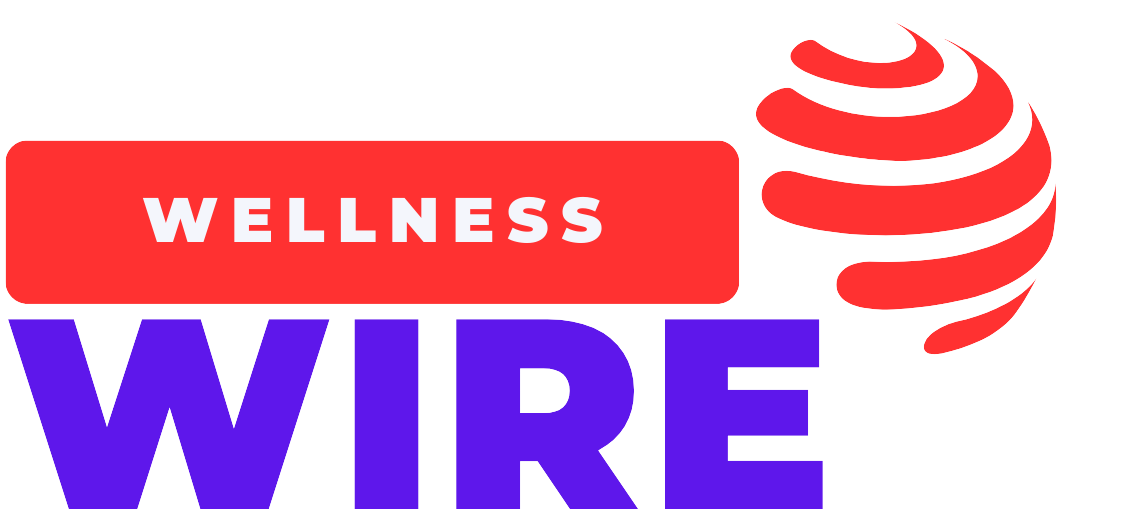The New Office Perk: How Mindfulness Rooms and Nap Pods Are Redefining Workplace Wellness
From Google to startups, nap pods and mindfulness spaces are becoming the hottest new office perk. But do they actually boost productivity and wellbeing? Discover the data behind the trend.

The New Office Perk: How Mindfulness Rooms and Nap Pods Are Redefining Workplace Wellness
The workplace is evolving, and it’s not just about flexible hours or remote work anymore. In today’s wellness-forward office culture, on-site mindfulness rooms and nap pods have emerged as the new status symbols for companies that prioritize employee wellbeing.
Once seen as luxuries, these spaces are now being recognized as essential tools for reducing stress, enhancing focus, and fighting burnout. With high-profile companies like Google, Nike, and Zappos leading the way, smaller firms are quickly catching on.
But are nap pods and meditation rooms truly effective, or are they simply another HR trend aimed at boosting employer branding?
Let’s unpack the science, the skepticism, and the real impact these perks are having on modern workplaces.
The Science Behind Mindfulness at Work
Mindfulness—a practice of focused awareness without judgment—has been scientifically proven to reduce stress and improve cognitive function. A landmark study by Harvard Medical School found that eight weeks of mindfulness training significantly reduced anxiety and improved attention in participants.
In corporate environments, mindfulness programs have been linked to:
-
Increased emotional resilience
-
Reduced absenteeism
-
Improved collaboration and creativity
-
Lower employee turnover
Companies like Aetna have even quantified the results: after implementing mindfulness programs, the health insurer saw a 7% drop in healthcare costs and a 62-minute productivity gain per employee per week (Harvard Business Review).
Why Nap Pods Are More Than Just a Gimmick
Sleep deprivation is a silent productivity killer. According to the Centers for Disease Control and Prevention (CDC), one in three adults in the U.S. does not get enough sleep, which has been directly linked to chronic conditions like heart disease, obesity, and depression.
Enter the nap pod: a sleek, futuristic capsule that allows employees to take short, restorative naps during the workday. These pods, developed by companies like MetroNaps and featured at Google, are designed to optimize power naps of 20–30 minutes, which can significantly boost alertness and memory.
A study from NASA even found that a 26-minute nap improved performance by 34% and alertness by 54% in pilots and astronauts—highlighting just how powerful a little rest can be.
Who’s Leading the Trend?
Several major companies have embraced on-site mindfulness and rest spaces as part of broader wellness strategies:
-
Google: Known for its nap pods and "Search Inside Yourself" mindfulness program, Google offers quiet zones throughout its campuses.
-
Nike: Provides meditation rooms and nap areas at its Oregon headquarters.
-
SAP: Offers global mindfulness training to over 10,000 employees, backed by real-time productivity and emotional intelligence metrics (SAP Mindfulness Initiative).
-
Ben & Jerry’s: The ice cream company offers dedicated nap rooms at its Vermont office, believing well-rested employees make better decisions.
Are These Perks Actually Improving Wellness?
While the concept sounds indulgent, real results suggest otherwise. Mindfulness and sleep have been shown to improve not only individual wellbeing but also organizational performance.
A 2023 report by McKinsey Health Institute found that companies with high employee wellbeing scores also had 21% higher profitability and 41% lower absenteeism.
But experts warn that perks must be paired with a culture that truly values wellbeing. “Providing nap pods while glorifying late-night emails sends mixed signals,” says Dr. Anjali Rao, a workplace psychologist featured in Forbes. “These tools are only effective when backed by leadership that models healthy behavior.”
The Cost of Implementation
Installing nap pods or creating mindfulness rooms may seem cost-prohibitive, especially for smaller businesses. But cost-effective alternatives are gaining traction:
-
Converted wellness rooms using existing space
-
Partnerships with meditation platforms like Headspace for Work or Calm Business
-
Quiet zones with simple amenities like recliners, white noise machines, and dimmable lighting
These adjustments not only improve employee satisfaction but may reduce turnover and burnout—two of the most expensive challenges for HR departments today.
How to Introduce Mindfulness and Nap Spaces in Your Workplace
-
Start Small and Scale
Begin with pilot programs—test a single nap pod or weekly mindfulness session. Gather feedback and iterate. -
Normalize Use
Encourage leadership to participate. Culture shifts when executives take breaks, too. -
Track Impact
Use anonymous surveys and simple KPIs like focus, energy levels, and stress to evaluate success. -
Ensure Accessibility
Don’t reserve wellness for HQ alone. Remote teams can benefit from digital mindfulness sessions and subsidized wellness apps.
Final Thoughts
The future of work is not about doing more, but doing better. As we move away from hustle culture and toward sustainable productivity, investments in mindfulness and rest are becoming not just perks—but necessities.
Incorporating on-site nap pods and mindfulness spaces signals a company’s commitment to human-centered work design—where wellbeing is a foundation, not a fringe benefit.
As stress, burnout, and disengagement continue to challenge global teams, maybe the most revolutionary act isn’t doing more—it’s pausing, breathing, and resting.
What's Your Reaction?
 Like
0
Like
0
 Dislike
0
Dislike
0
 Love
0
Love
0
 Funny
0
Funny
0
 Angry
0
Angry
0
 Sad
0
Sad
0
 Wow
0
Wow
0



















































